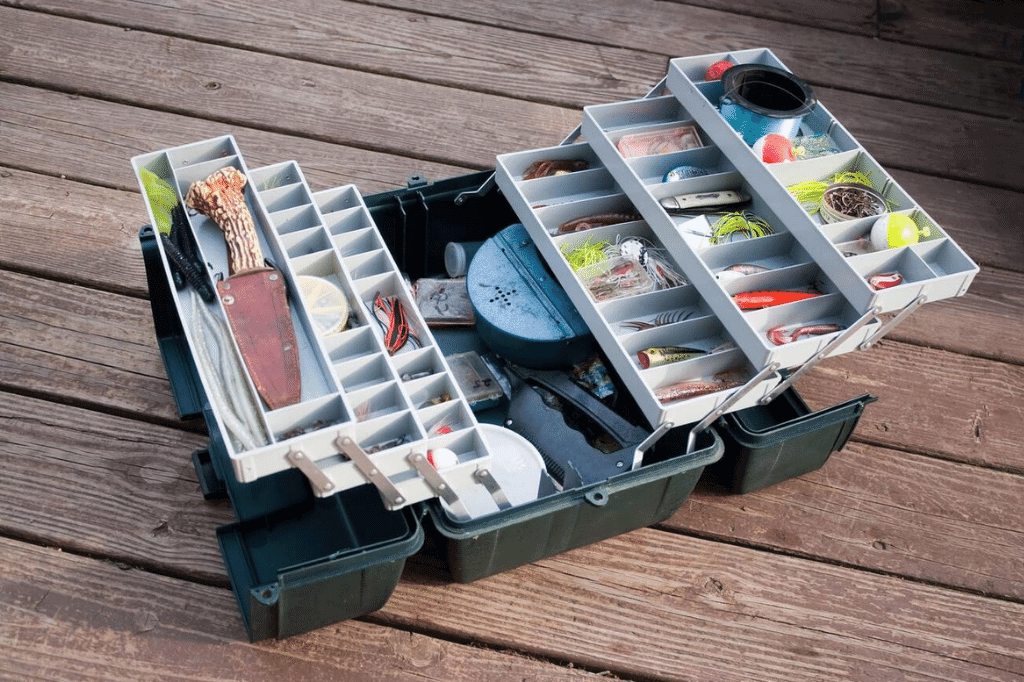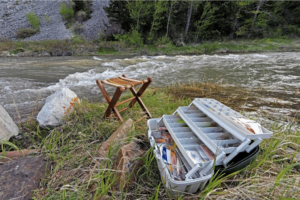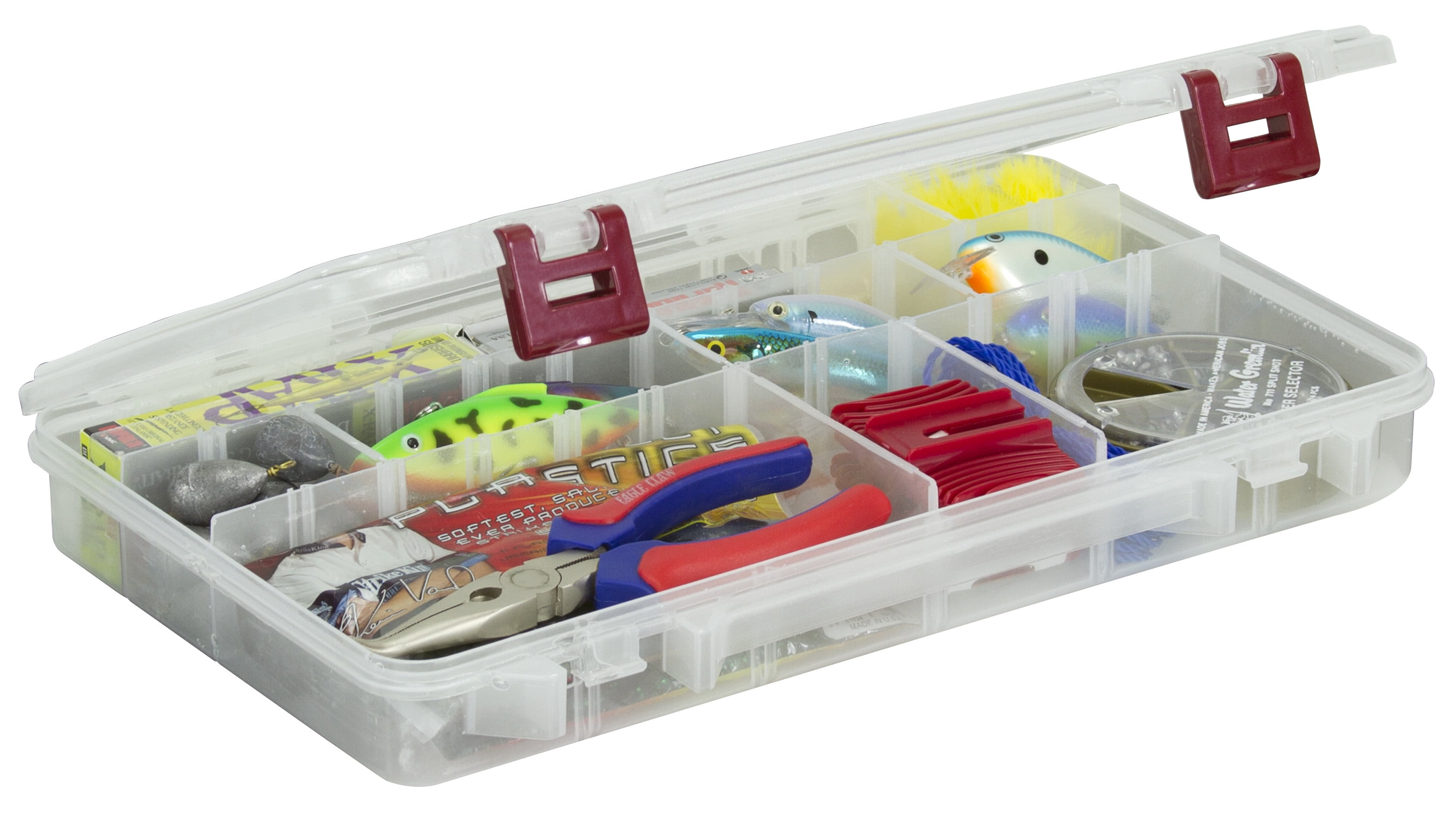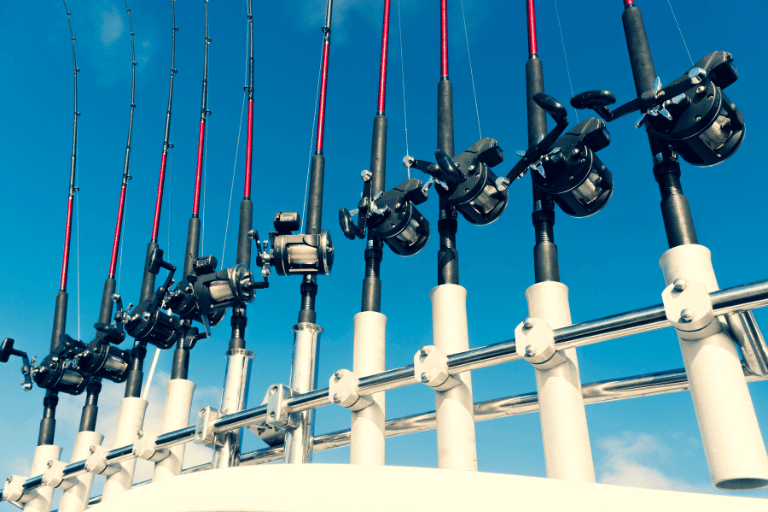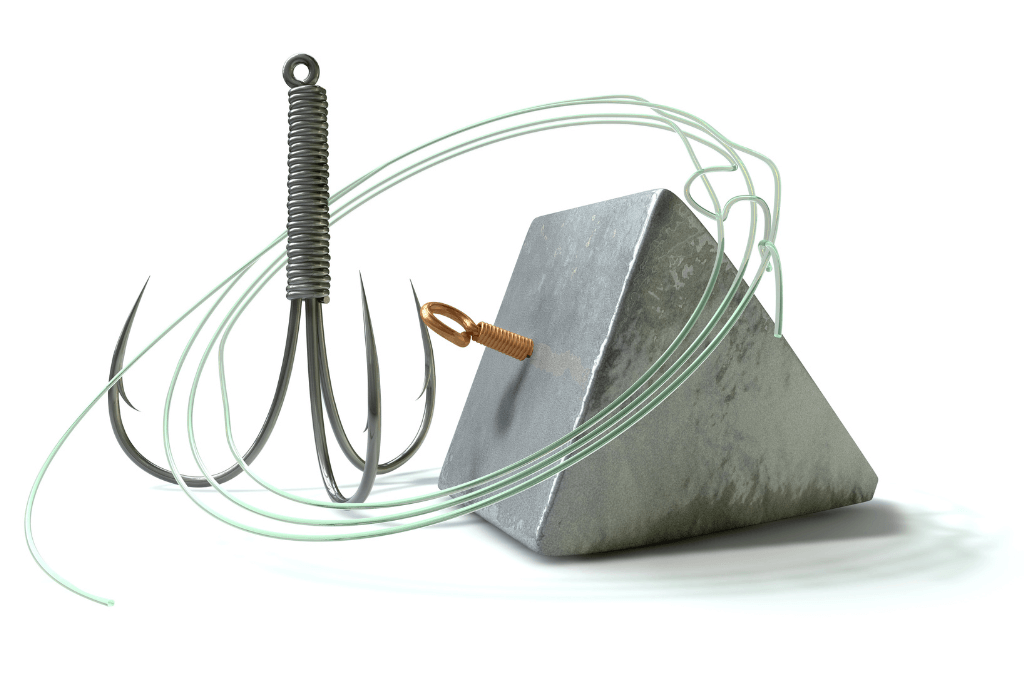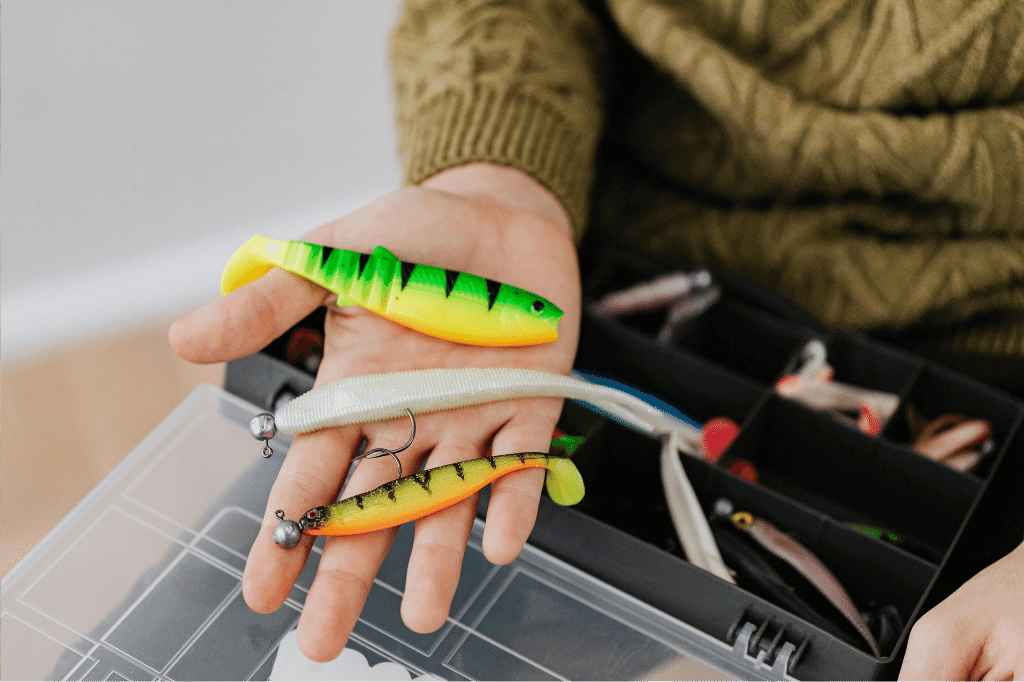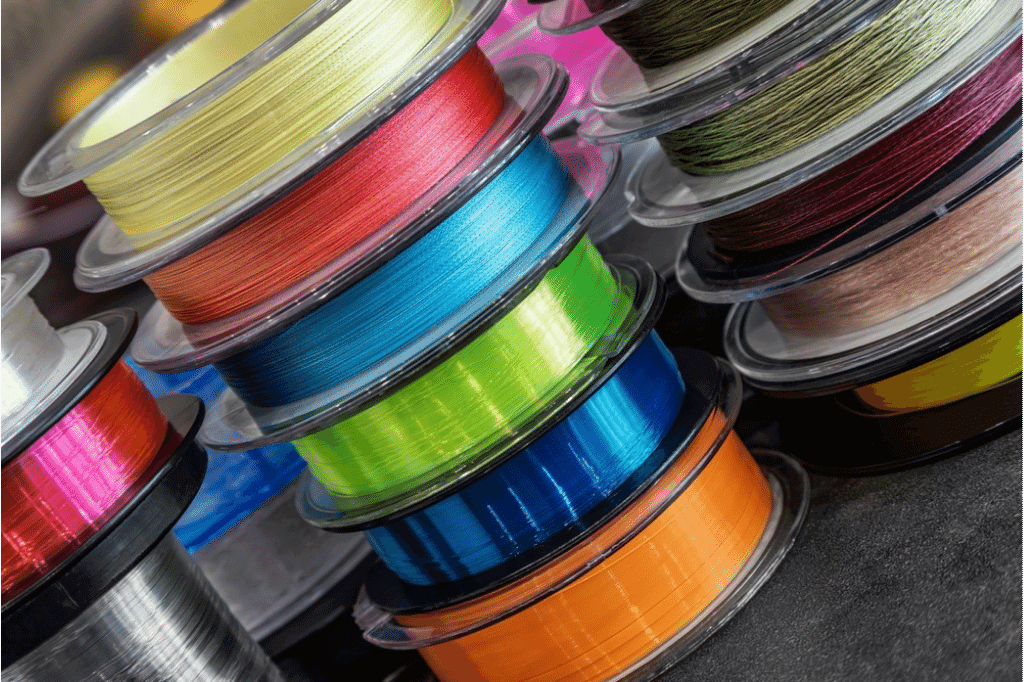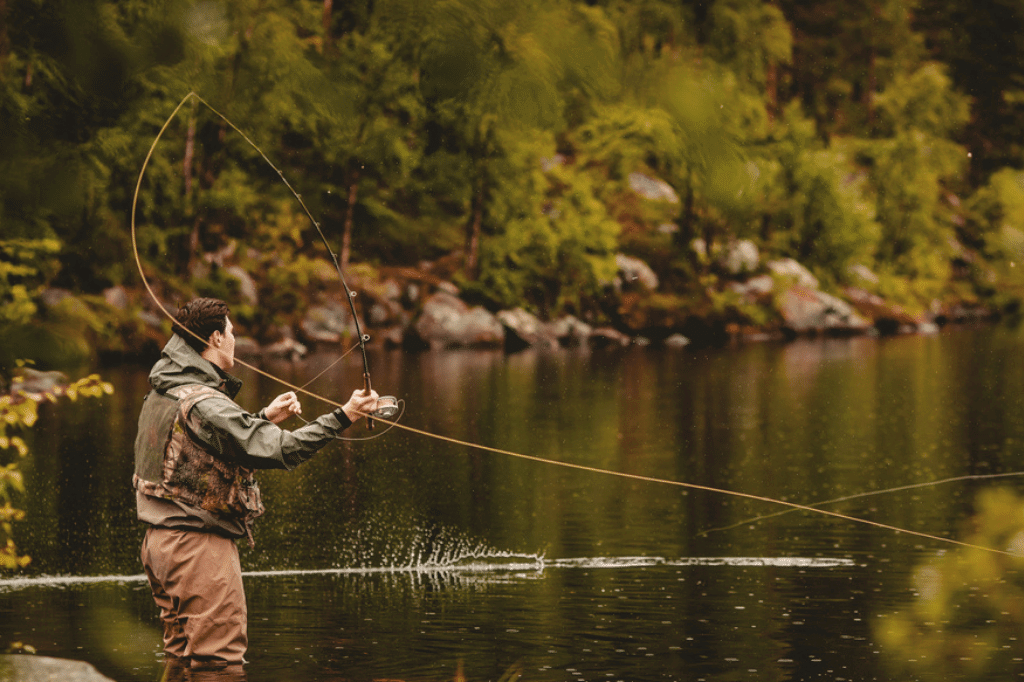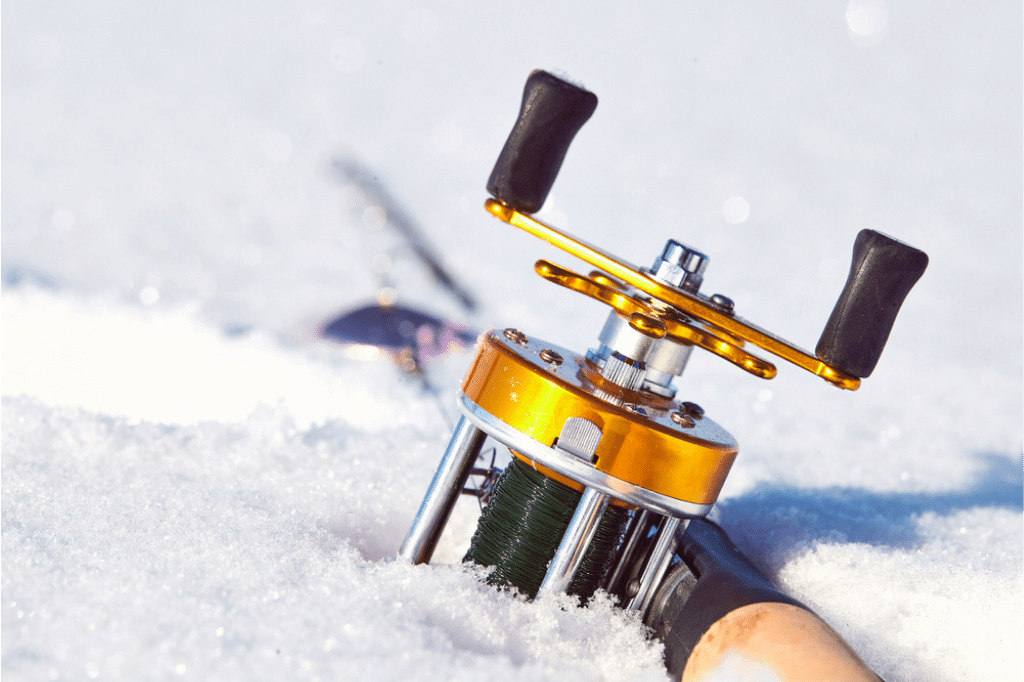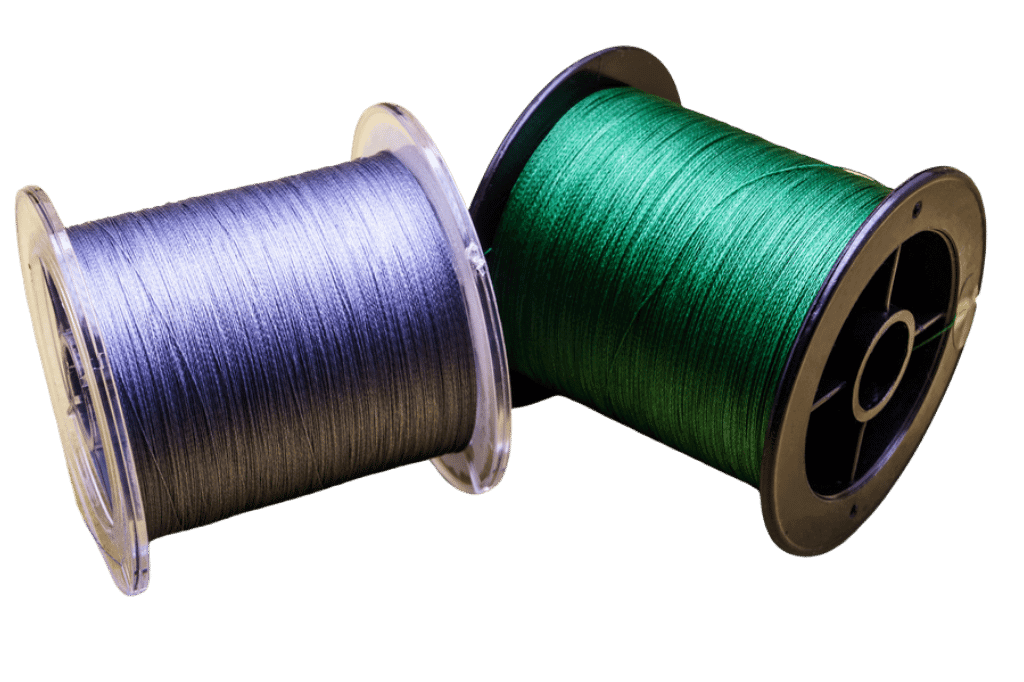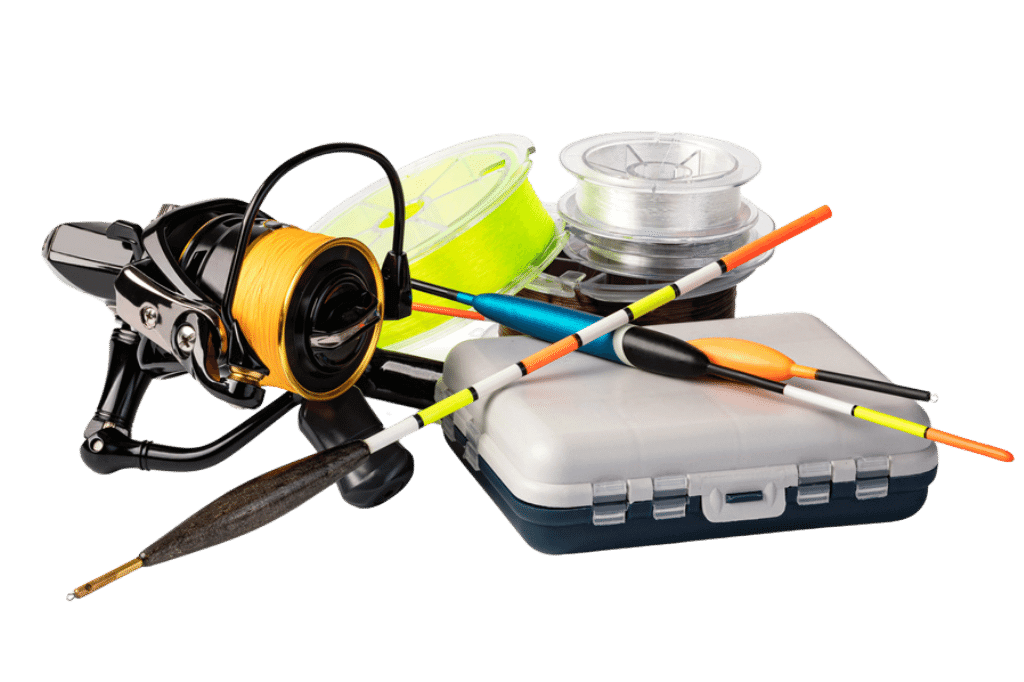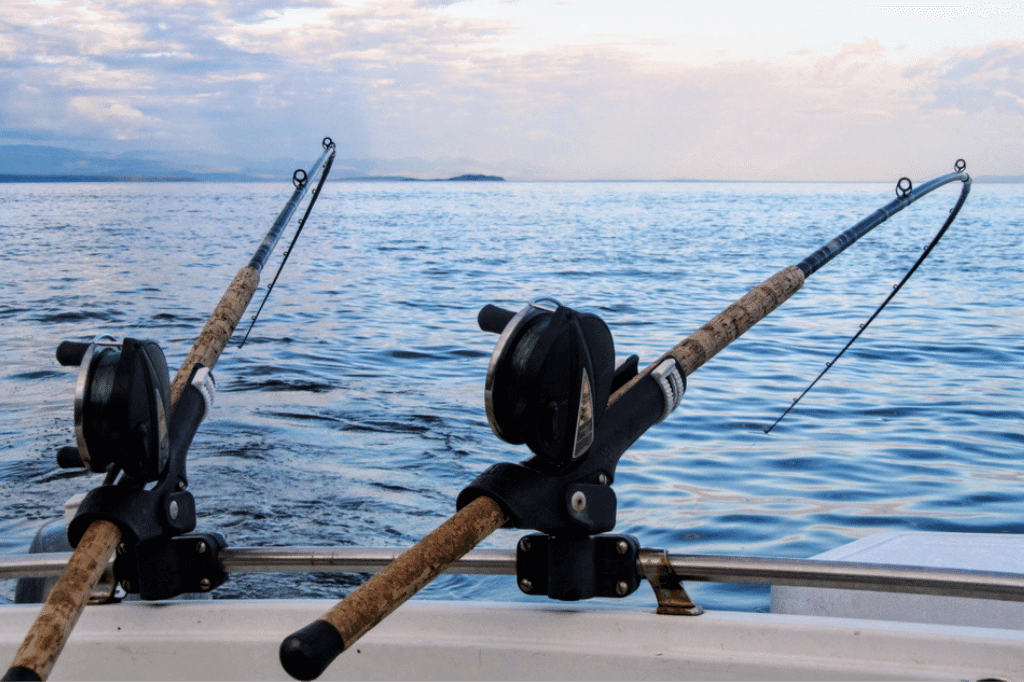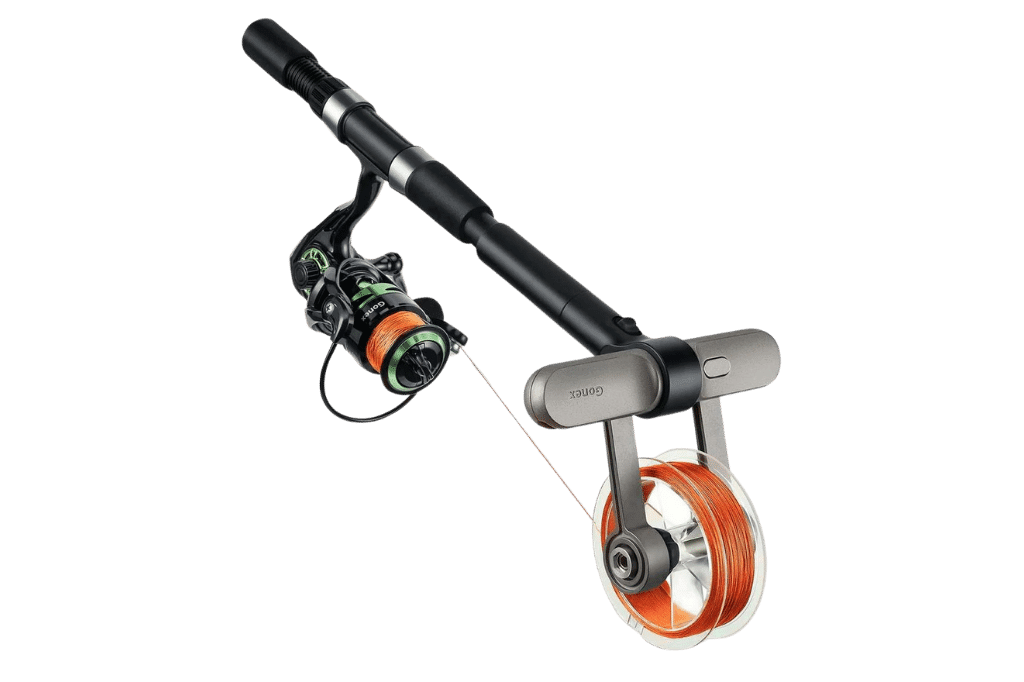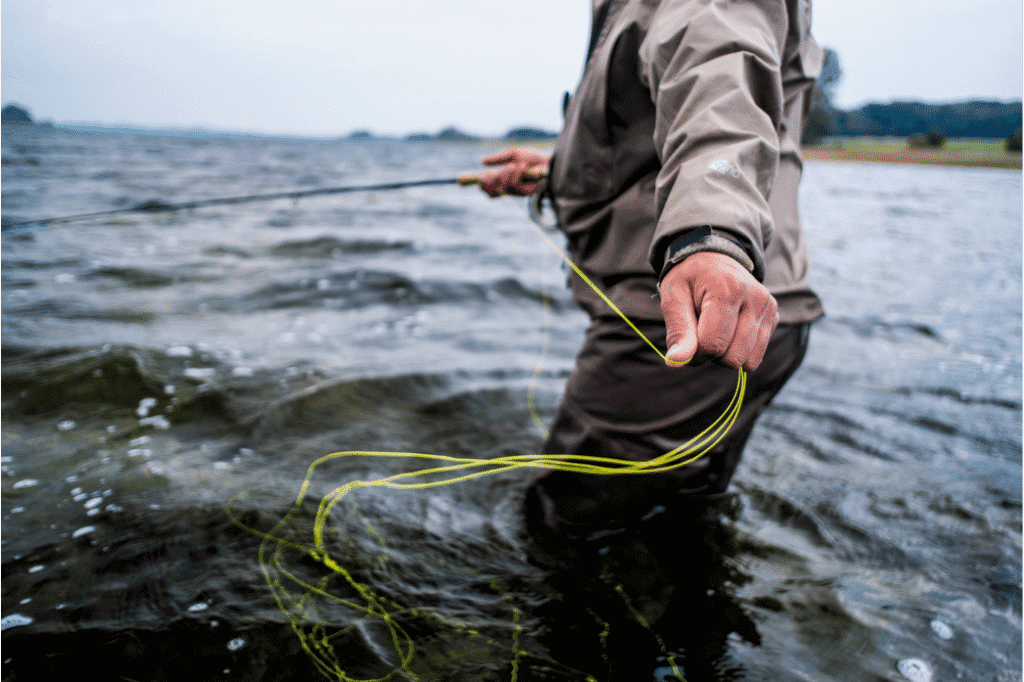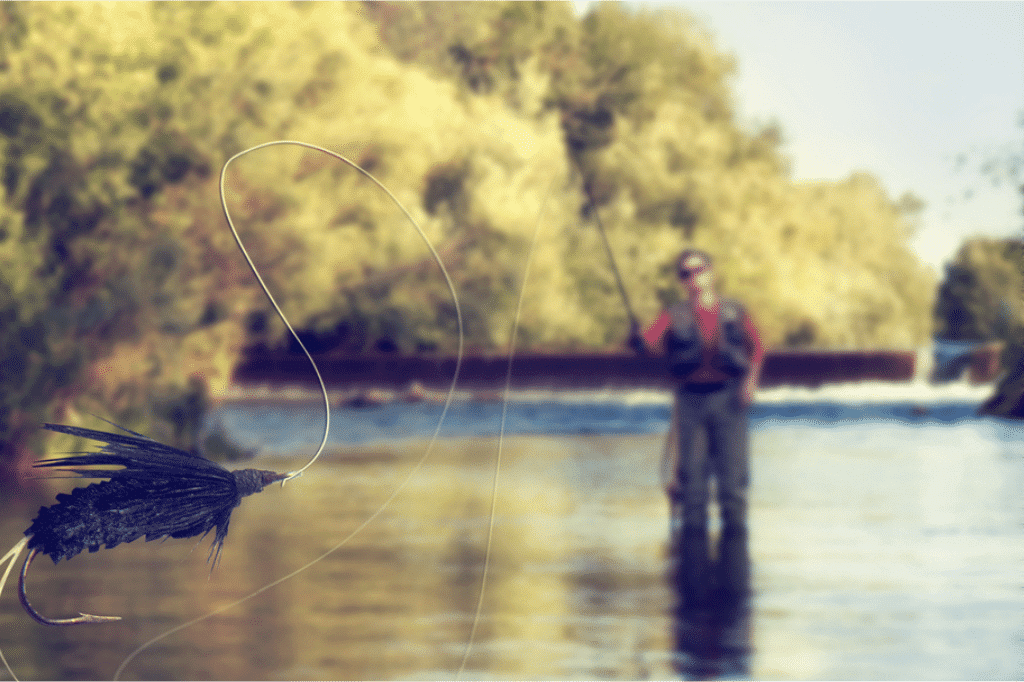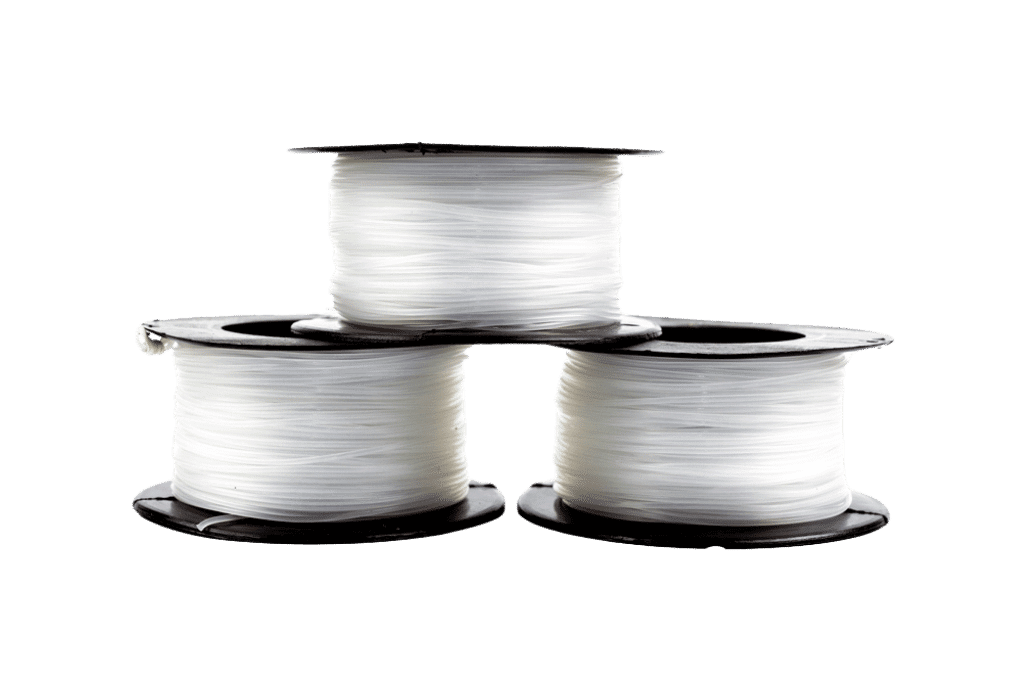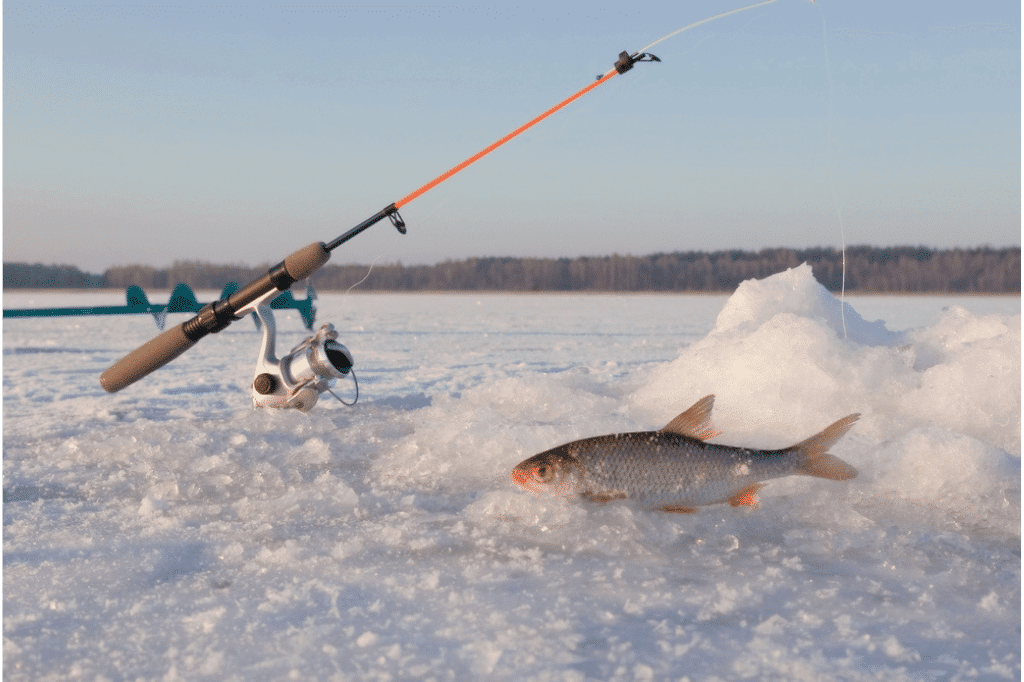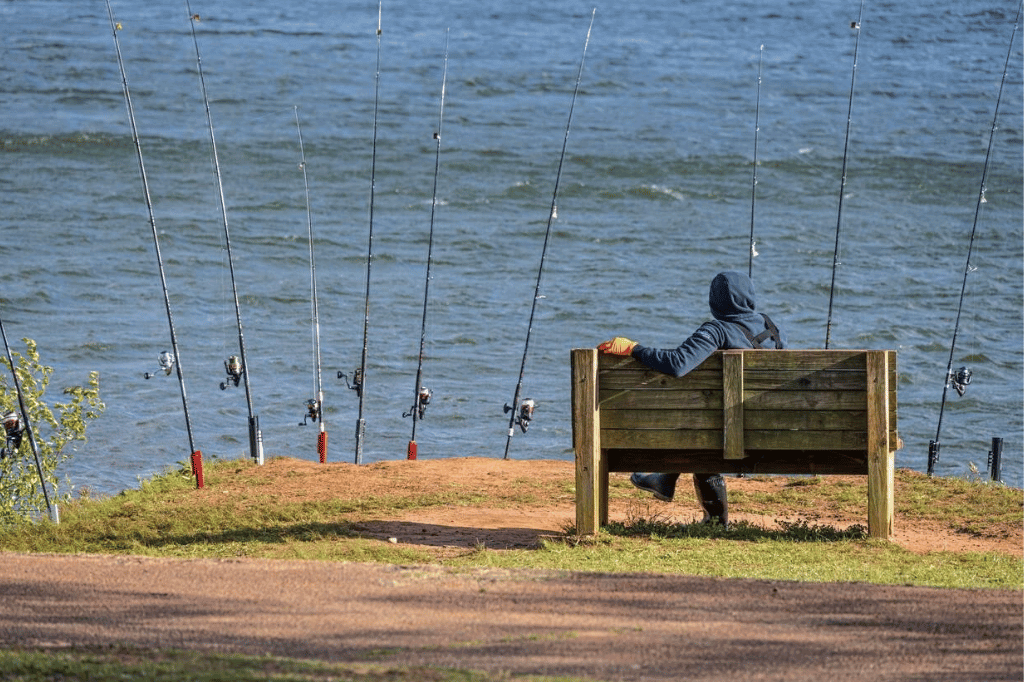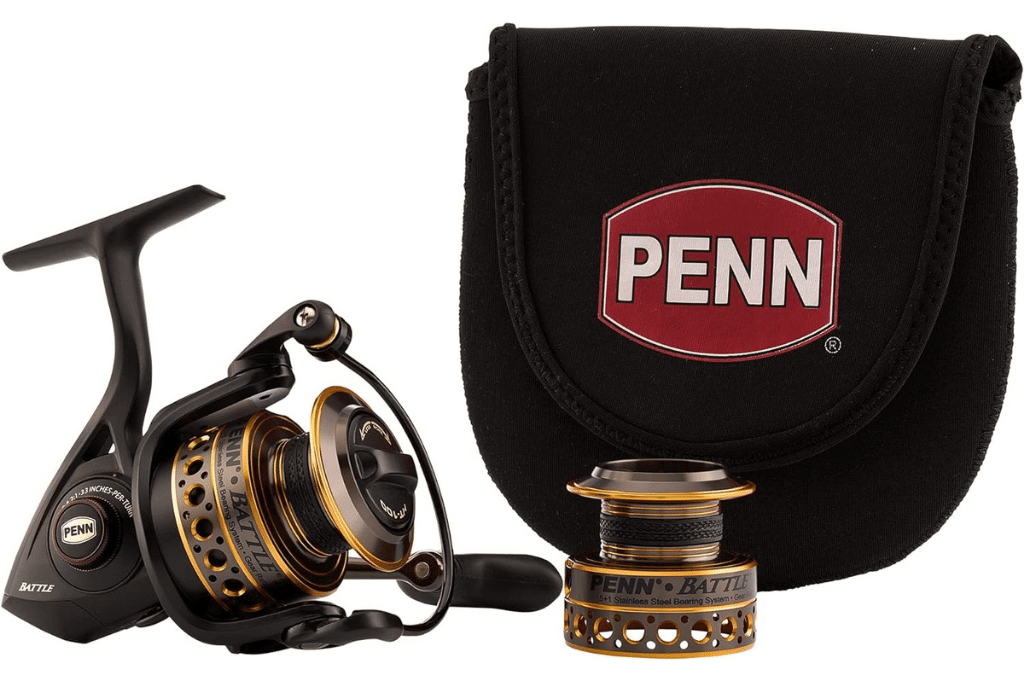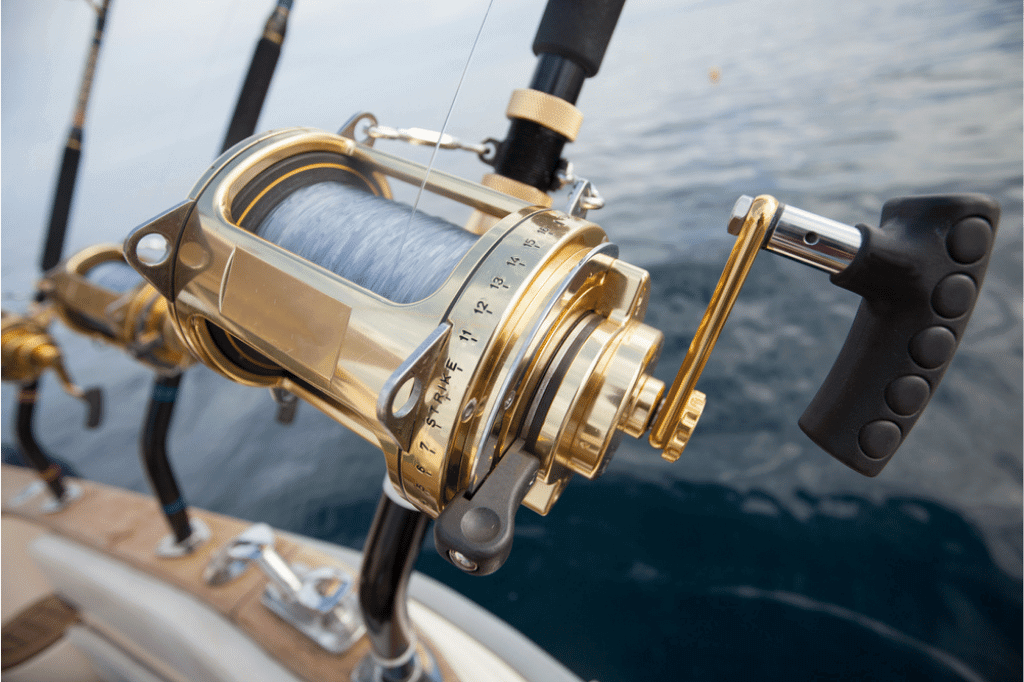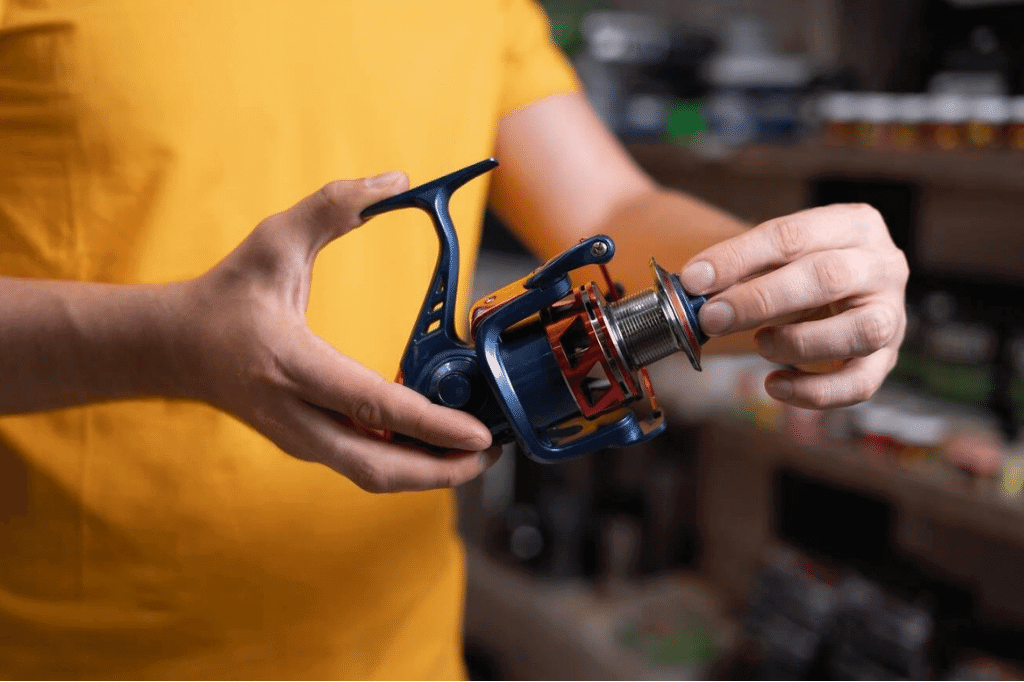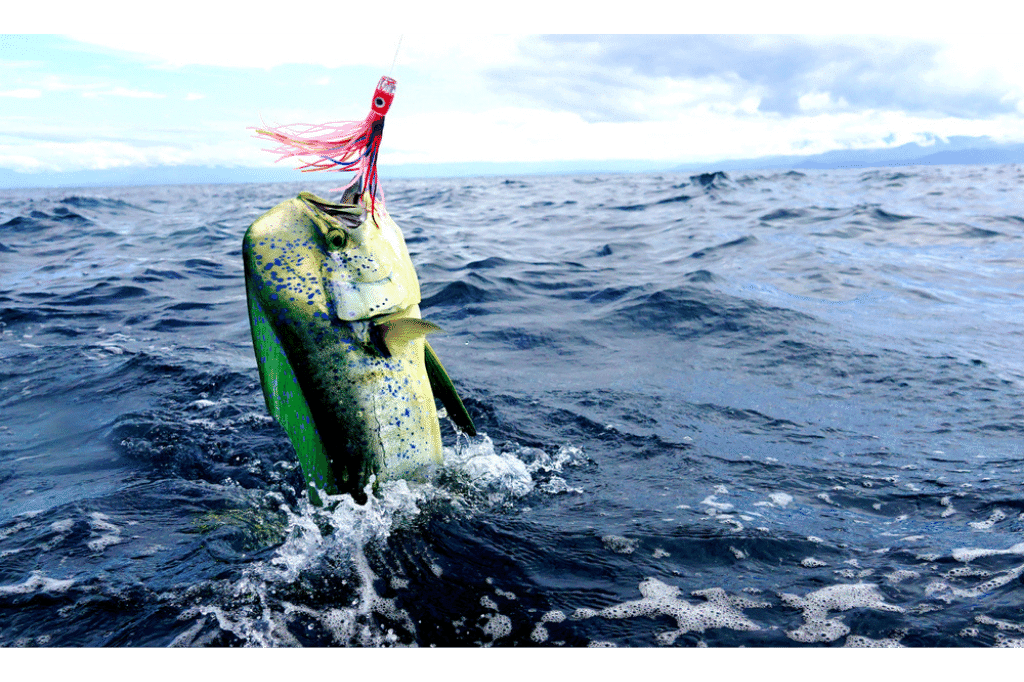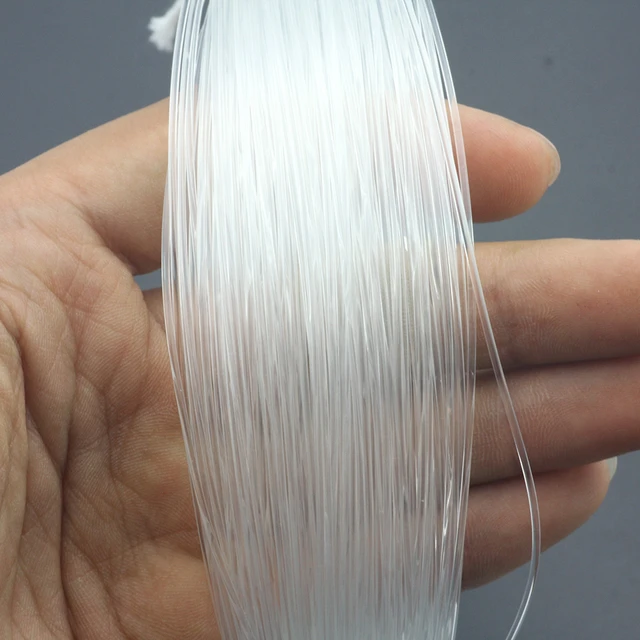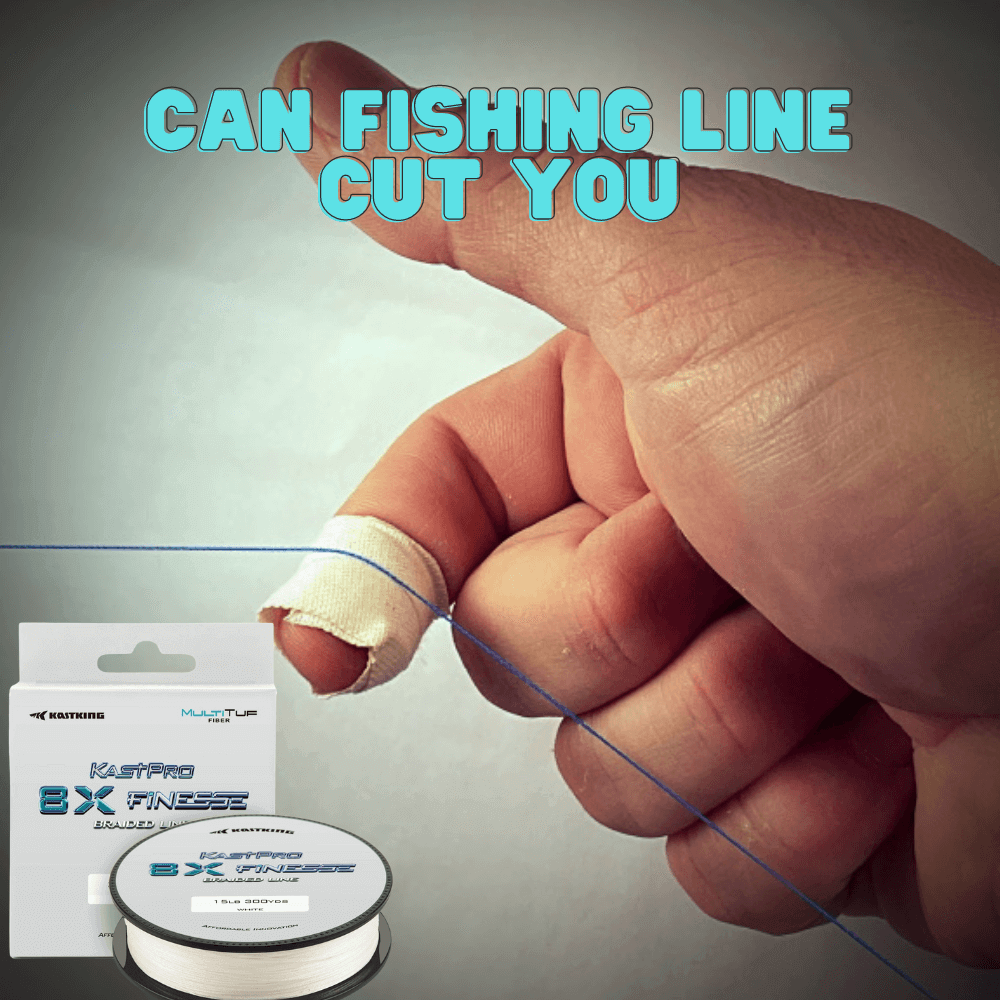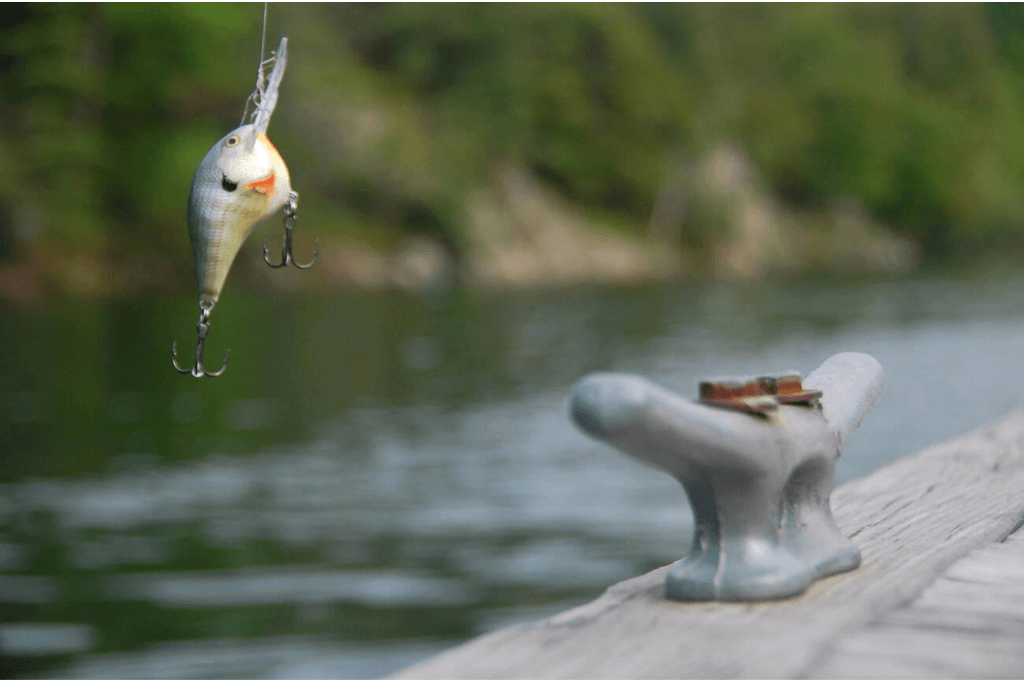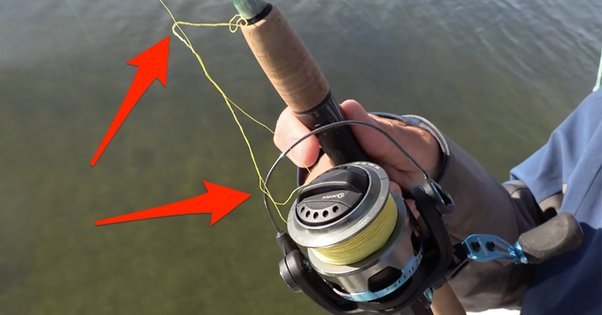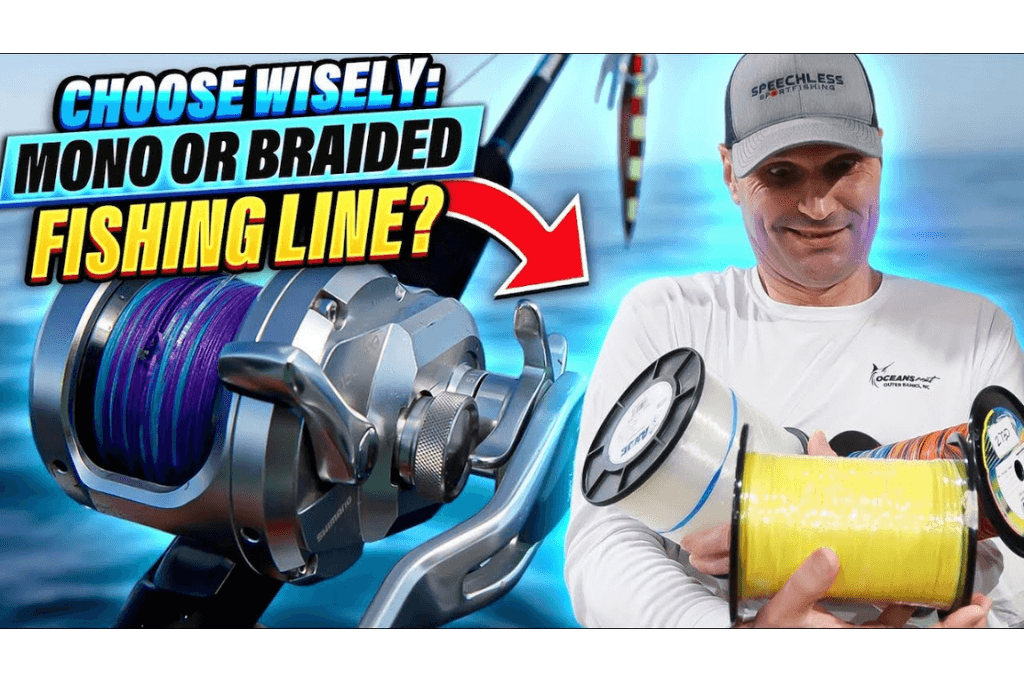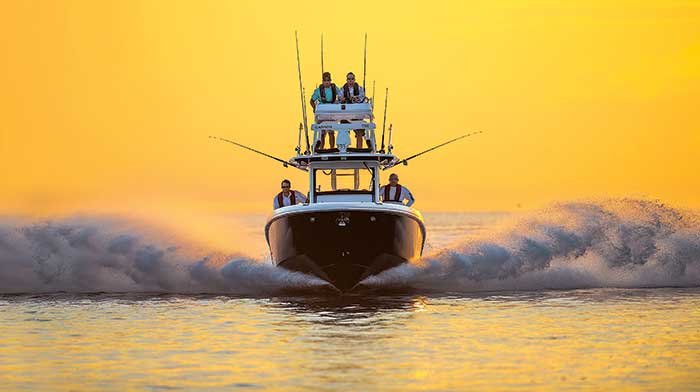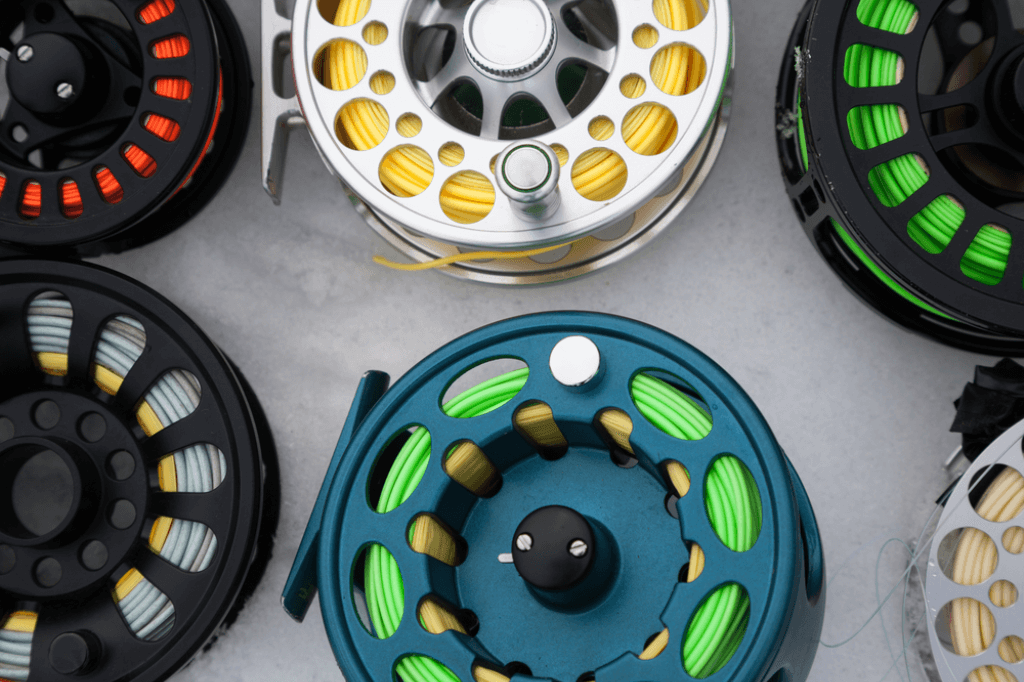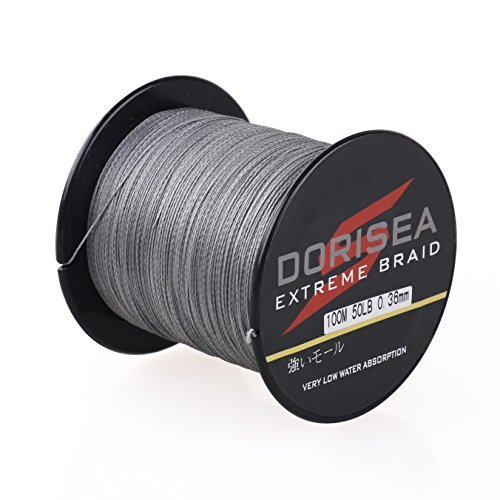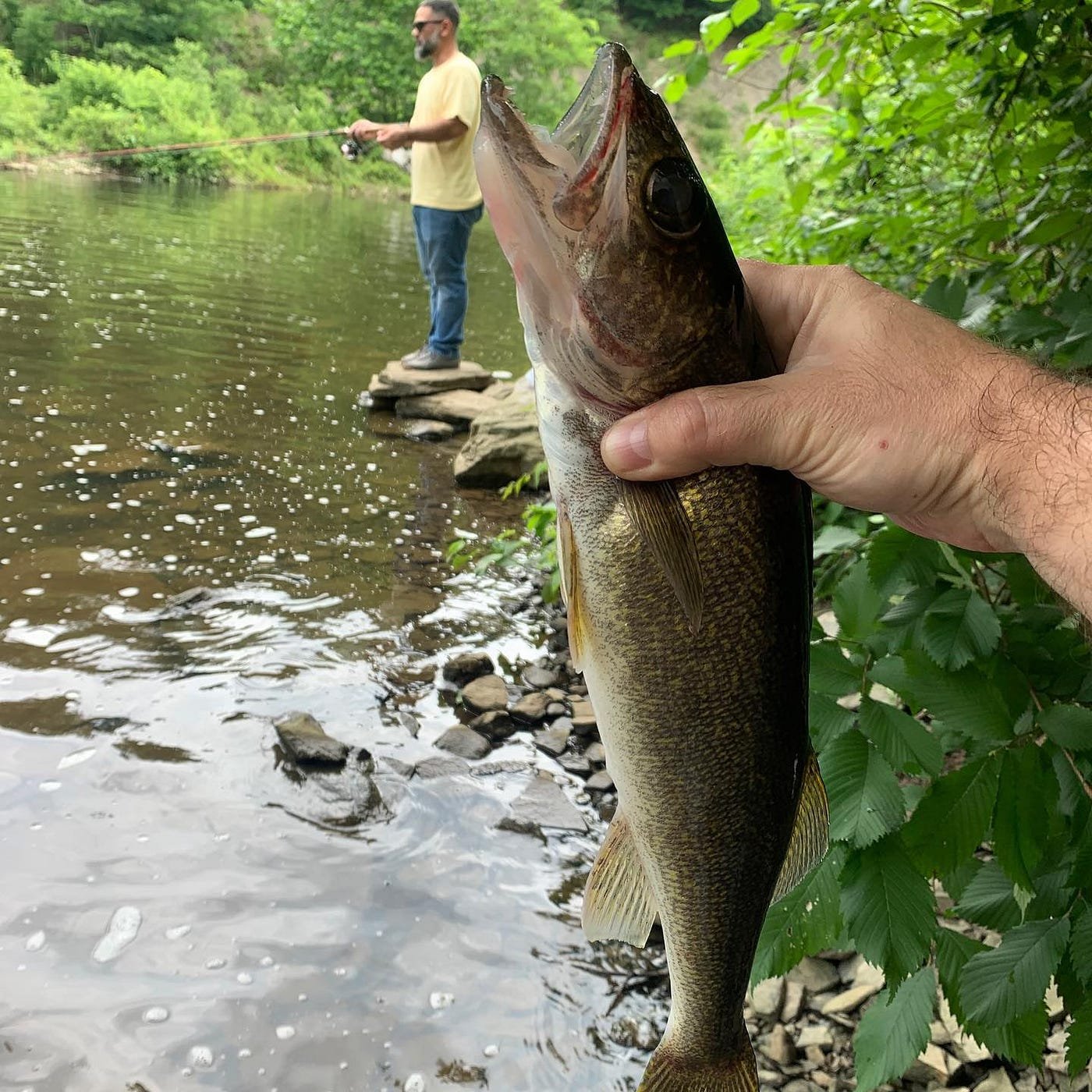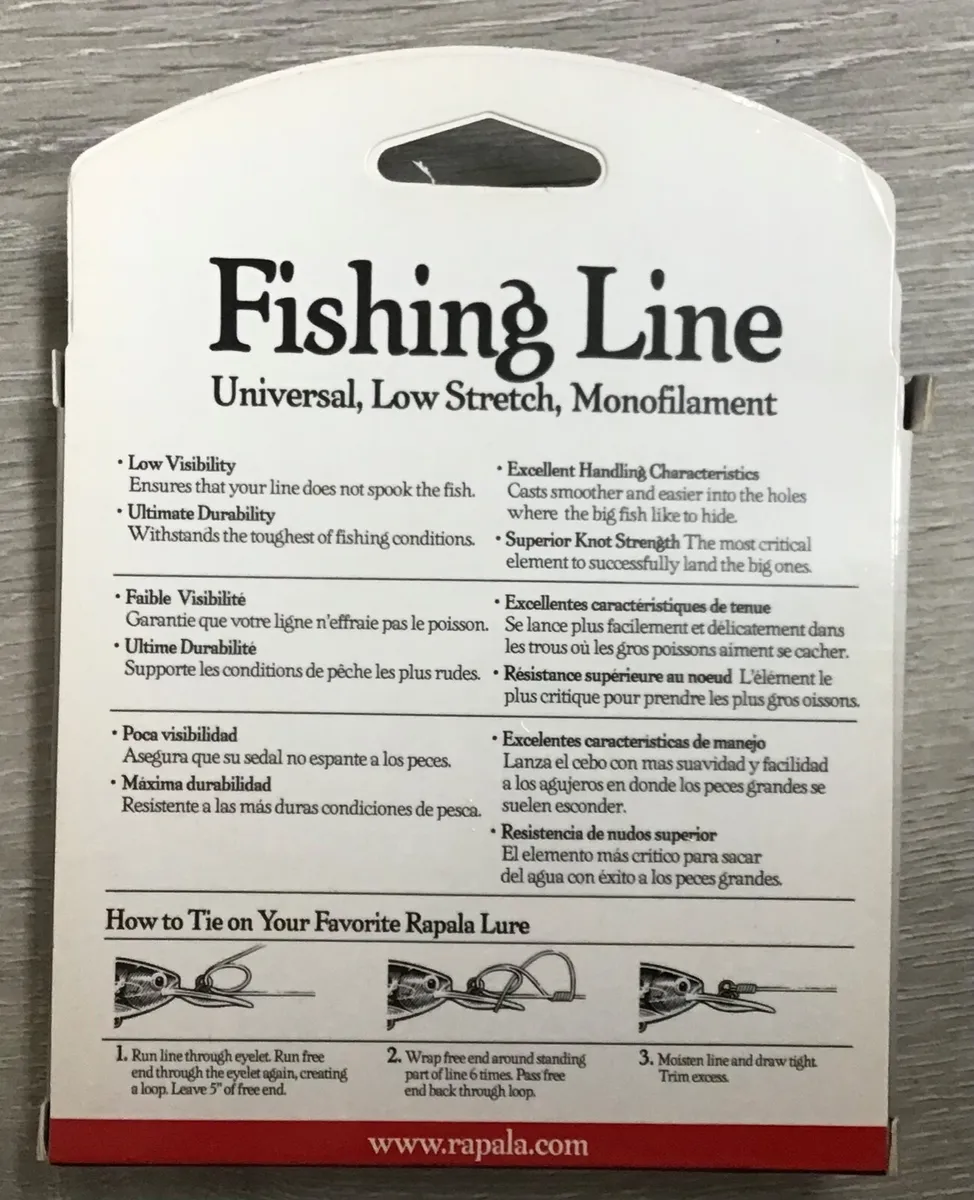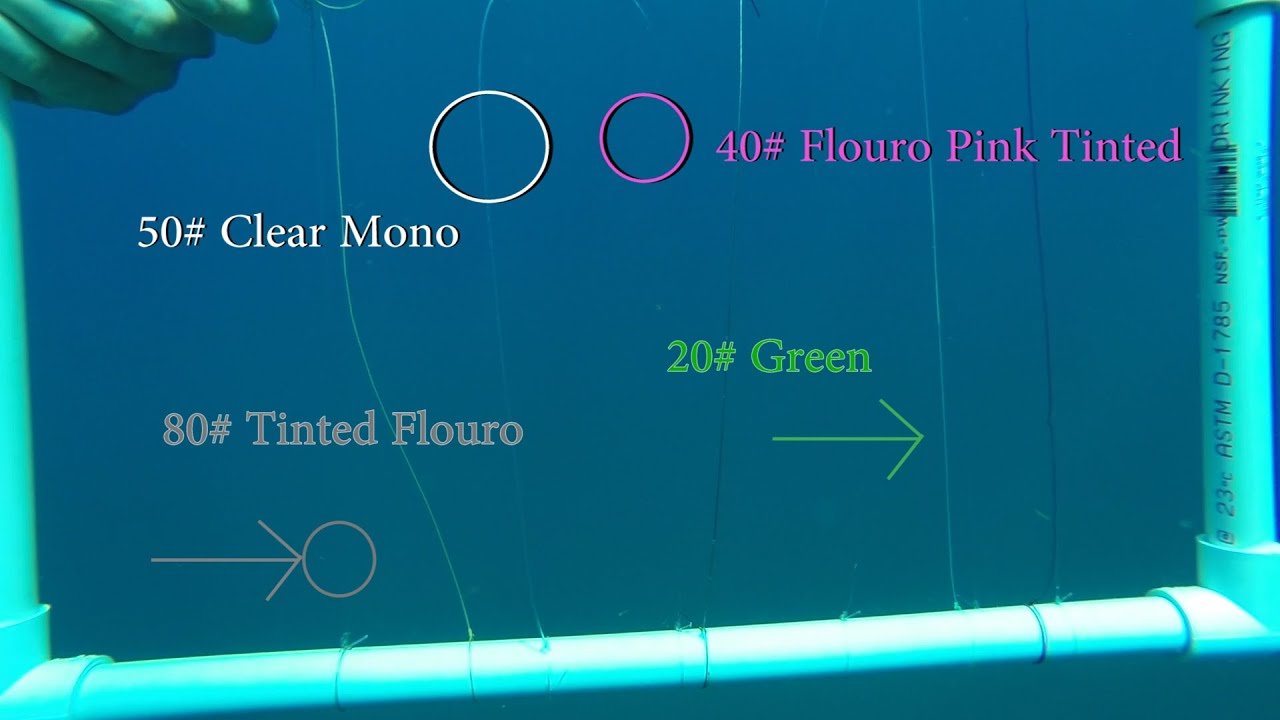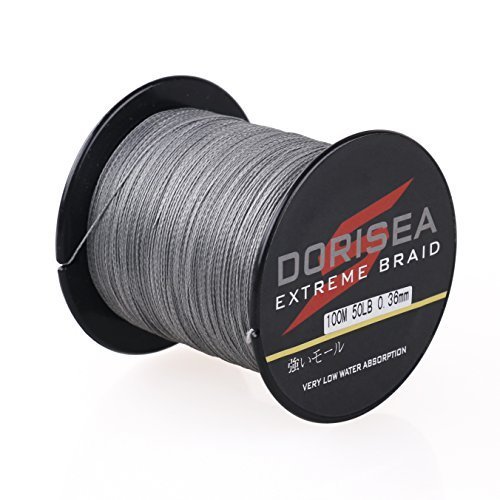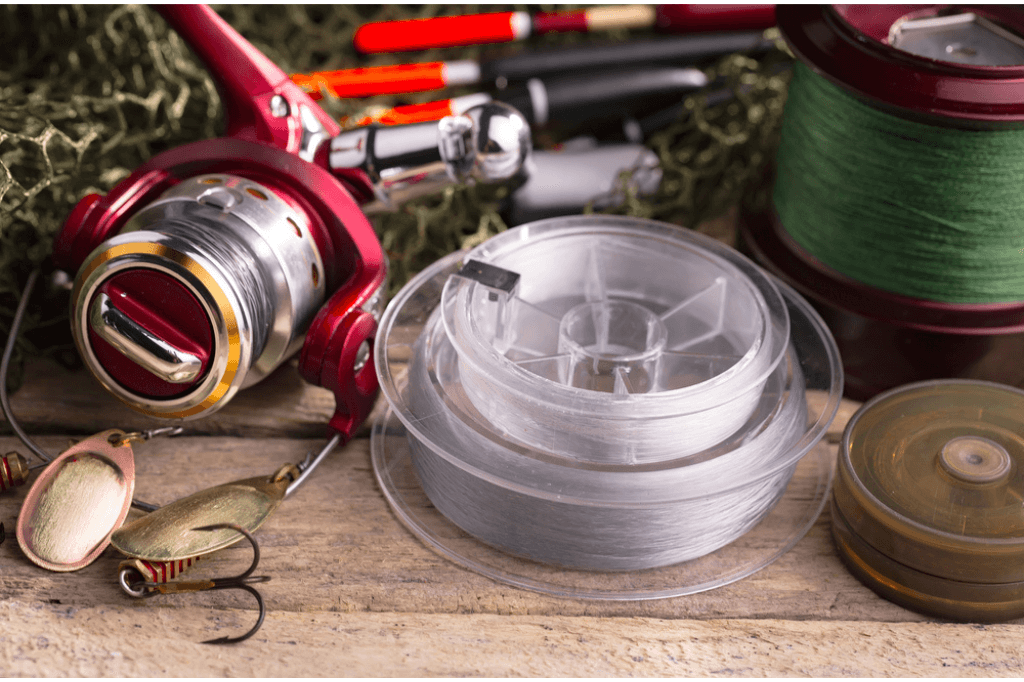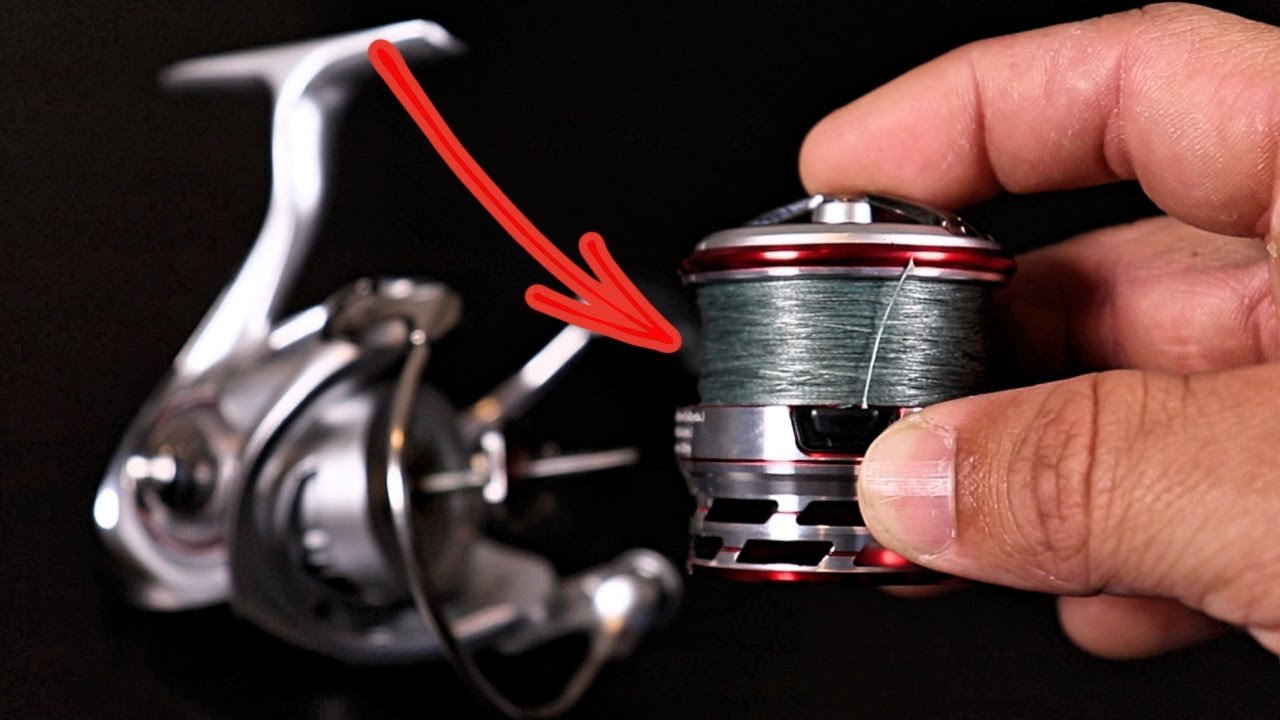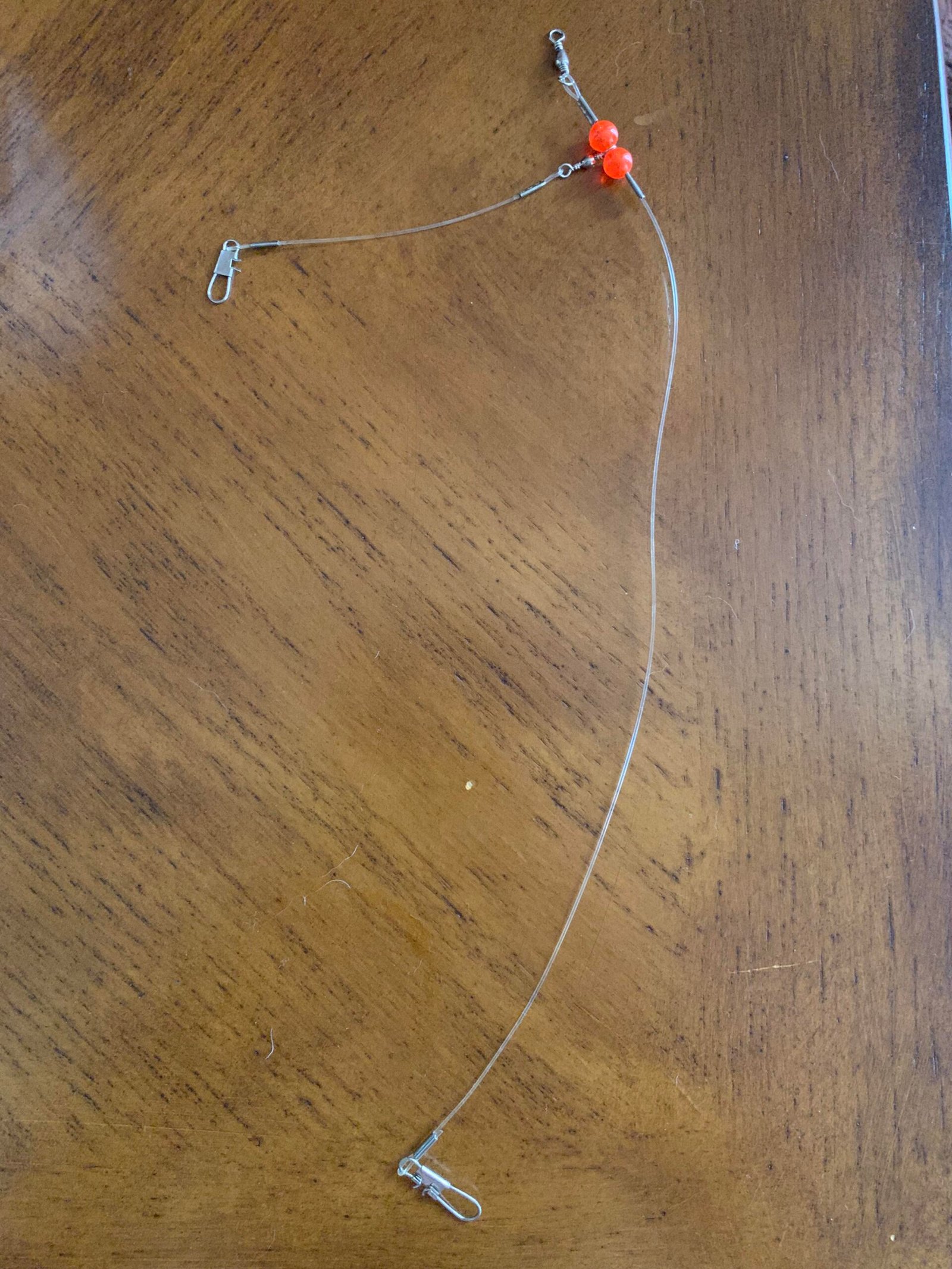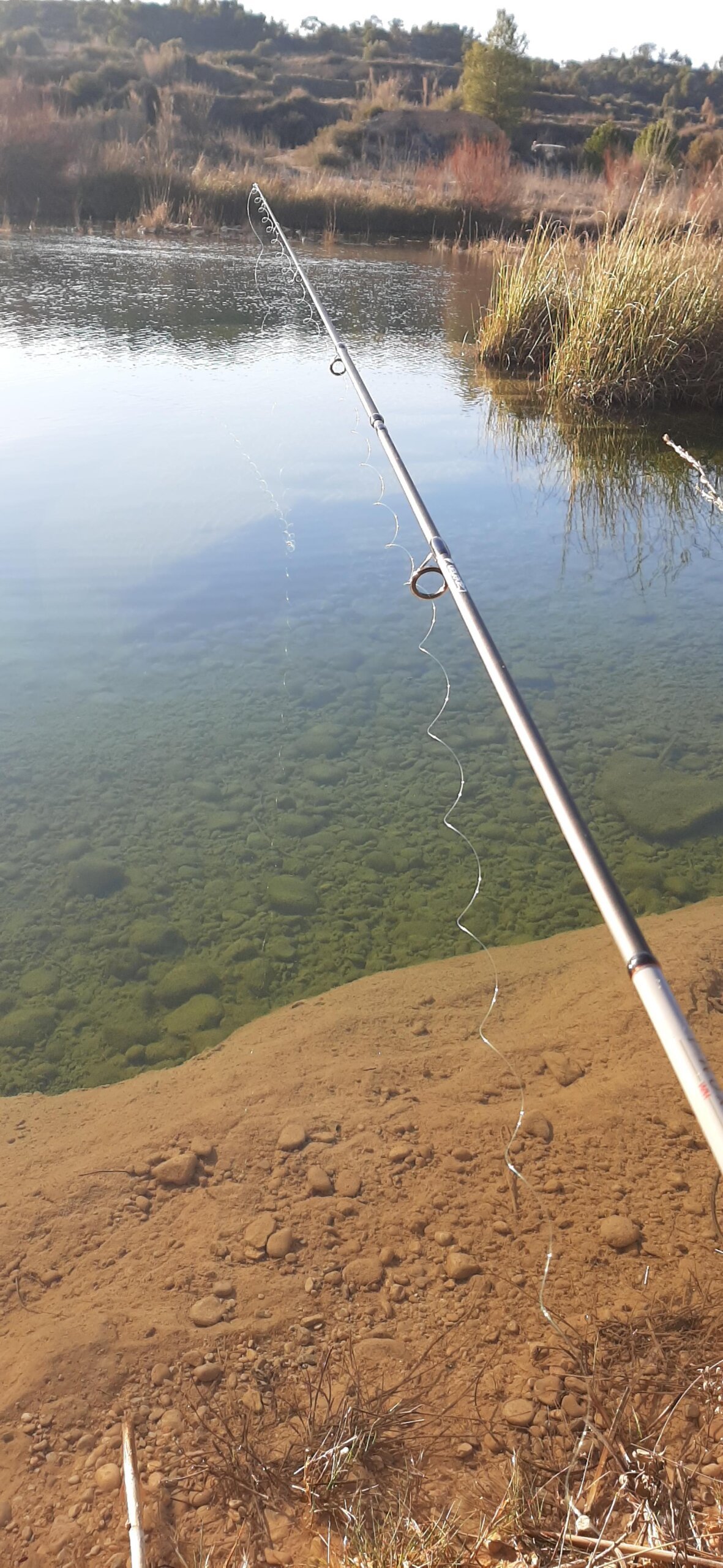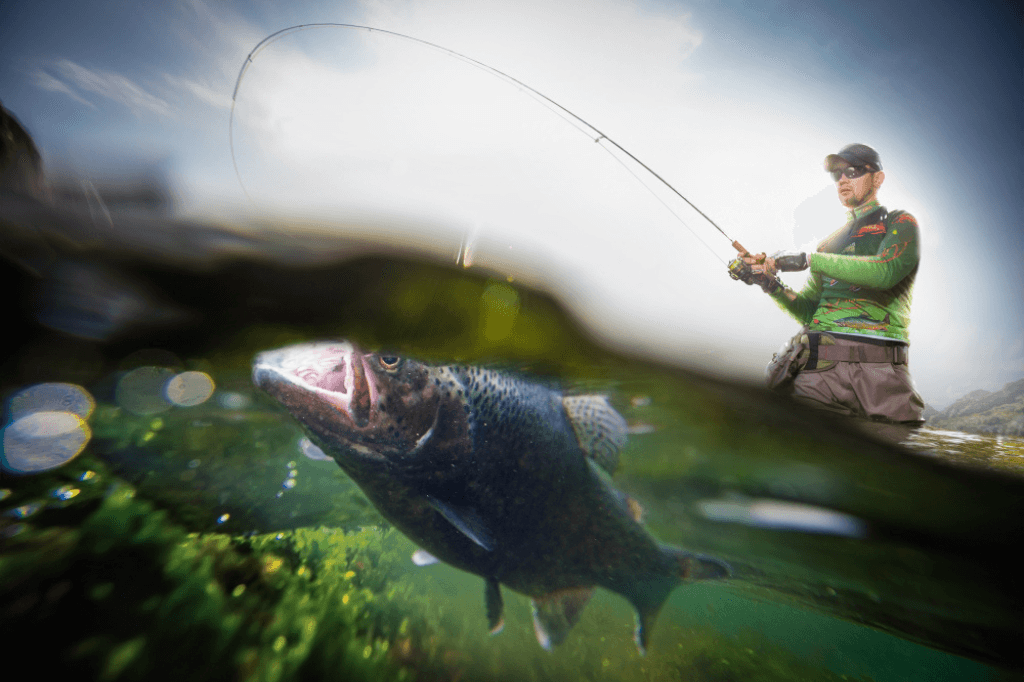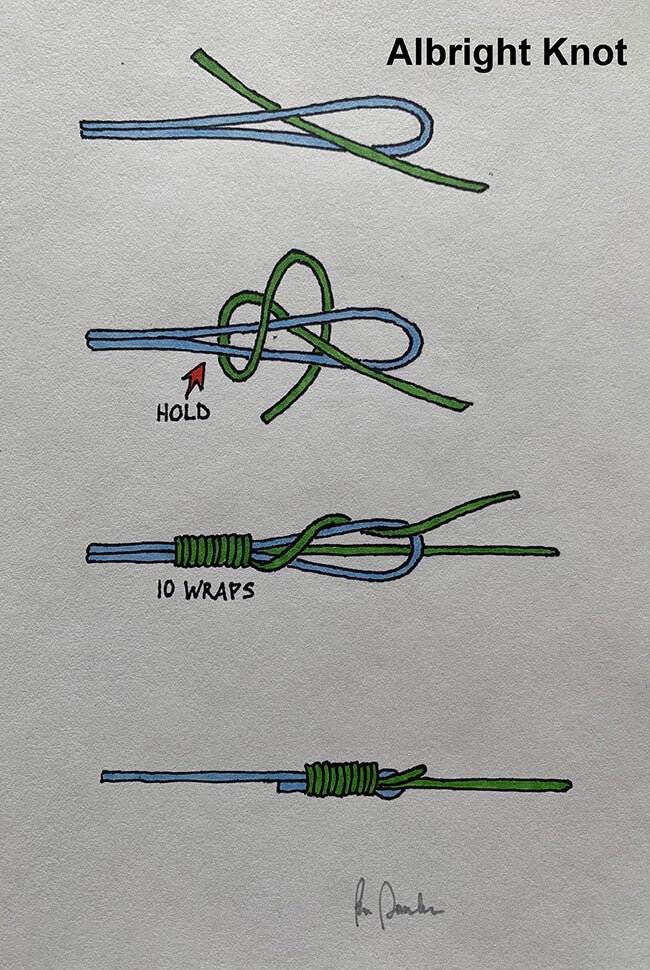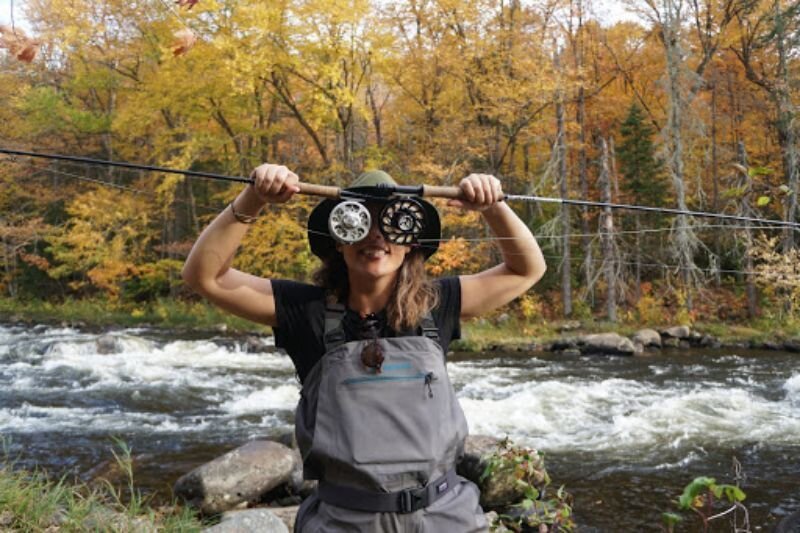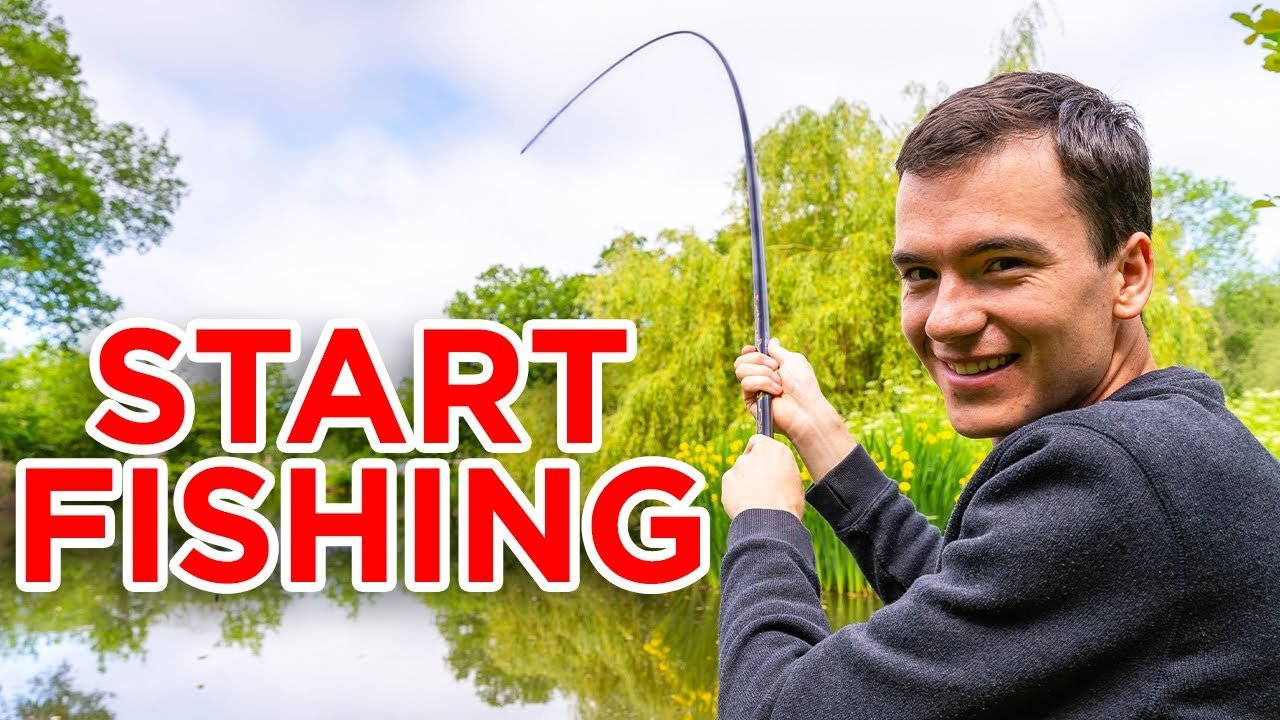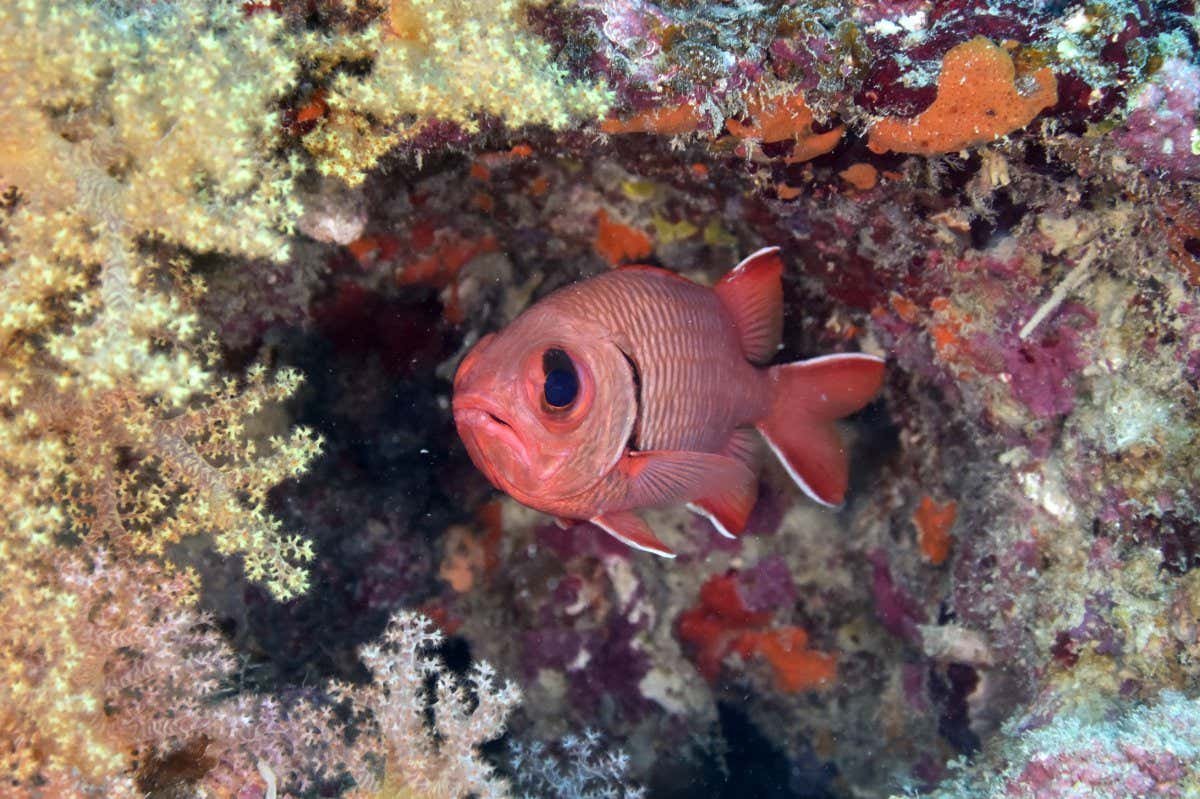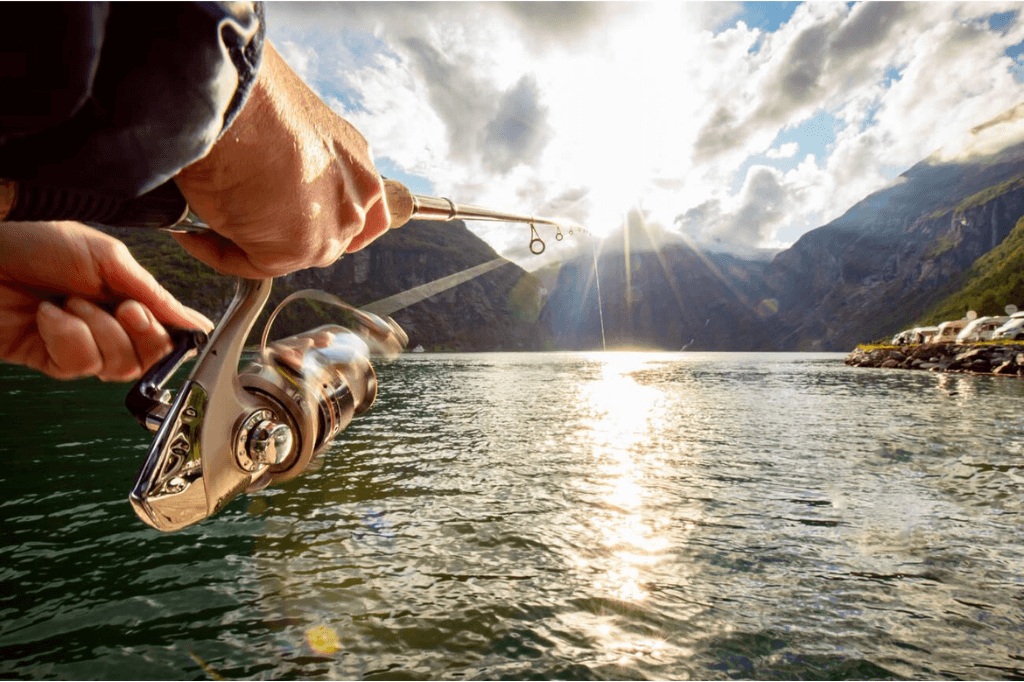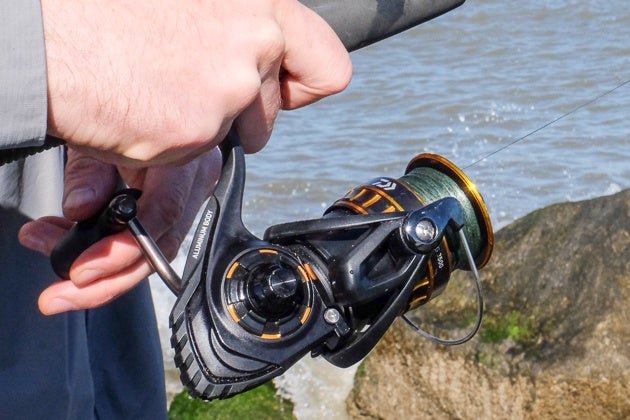Fishing is an enjoyable and rewarding hobby. A well-organized tackle box ensures you have all the necessary equipment at your fingertips. It simplifies your fishing trips by keeping everything in one place, making it easy to find what you need quickly.
Tackle boxes come in various sizes and designs to suit different fishing styles. Some have multiple compartments and trays, while others are more compact. Investing in a quality tackle box can enhance your fishing experience, ensuring you are always prepared for any situation. Efficient organization helps you focus on the joy of fishing.
Essential Tackle Box Checklist
Every angler needs a well-stocked tackle box. A well-prepared box ensures success on every fishing trip. Below is an essential checklist for your tackle box.
Choosing The Right Tackle Box
Choosing the right tackle box is crucial. A good tackle box keeps all your gear organized. It should be durable and easy to carry. Look for a box with multiple compartments. This helps in storing different types of gear separately.
| Feature | Importance |
|---|---|
| Durability | High |
| Compartments | High |
| Portability | Medium |
| Weight | Medium |
Must-have Hooks And Lures
Hooks and lures are vital for fishing. You should have a variety of hooks for different fish. Lures mimic the movement of fish and attract them.
- Circle Hooks
- J-Hooks
- Topwater Lures
- Crankbaits
- Spinnerbaits
Variety Of Lines And Leaders
Different fishing lines and leaders serve different purposes. Carry a variety of lines for different fishing conditions. Leaders help in preventing line breakage.
- Monofilament Line – Great for beginners
- Braided Line – Strong and durable
- Fluorocarbon Line – Less visible to fish
- Wire Leaders – For sharp-toothed fish
The Lure Of The Bait
Every angler knows the importance of the right bait. Choosing the right bait can make or break your fishing trip. The type of bait you use can attract the catch you desire. Understanding the differences between live bait and artificial bait is crucial. Proper storage and management of bait ensure its effectiveness.
Live Bait Vs. Artificial Bait
Live bait is natural and appealing to fish. It moves and smells like real prey. Common live baits include worms, minnows, and insects. Live bait is often effective but requires special care.
Artificial bait, on the other hand, is man-made. It mimics the appearance and movement of real prey. Plastic worms, spinners, and jigs are popular examples. Artificial bait is durable and reusable.
| Bait Type | Advantages | Disadvantages |
|---|---|---|
| Live Bait |
|
|
| Artificial Bait |
|
|
Storing And Managing Bait
Proper storage keeps your bait fresh and effective. Live bait needs oxygen and cool temperatures. Use a bait bucket with aeration for fish and insects. Worms should be kept in moist, cool soil.
Artificial bait requires less care but should be organized. Use tackle boxes with compartments. This keeps your lures untangled and easy to find. Clean and dry your artificial bait after use.
Key Tips for Storing Bait:
- Keep live bait cool and oxygenated
- Organize artificial bait in tackle boxes
- Clean and dry artificial bait after use
Fishing Line Fundamentals
Understanding the basics of fishing lines is essential for every angler. The right fishing line can make a big difference in your fishing success. Below, we will explore the types of fishing lines and their strengths and weight considerations.
Monofilament, Braided, Or Fluorocarbon?
Choosing the right fishing line depends on your needs. Each type has unique characteristics.
- Monofilament: This type is popular for its versatility. It is flexible and easy to handle. Monofilament stretches, which can help absorb shocks. It is also affordable and widely available.
- Braided: Braided lines are known for their strength. They have a small diameter and do not stretch. This type is great for fishing in heavy cover. Braided lines last longer than other types.
- Fluorocarbon: Fluorocarbon is nearly invisible underwater. It has low stretch and is resistant to abrasion. This line sinks faster than monofilament. Fluorocarbon is ideal for clear water conditions.
Line Strength And Weight Considerations
Choosing the right line strength and weight is crucial for success.
| Line Type | Strength (lb) | Best Use |
|---|---|---|
| Monofilament | 4-20 | General fishing, freshwater species |
| Braided | 10-80 | Heavy cover, large fish |
| Fluorocarbon | 6-25 | Clear water, wary fish |
Consider the type of fish you are targeting. Match the line strength to the fish size. Lighter lines are less visible but break easier. Heavier lines are stronger but more visible. Balance is key for the best fishing experience.

Hooks, Sinkers, And Swivels
Fishing is an art that requires the right tools. Among the essential items in your tackle box are hooks, sinkers, and swivels. These components play a vital role in the success of your fishing trip. Knowing how to select and use them can make all the difference.
Selecting The Right Hook Size And Type
The hook is the most crucial part of your fishing gear. Choosing the correct size and type can determine your success. Hooks come in various sizes and shapes.
- Smaller hooks are perfect for catching small fish.
- Larger hooks are needed for bigger fish.
Different types of hooks include:
- J-hooks: Commonly used and versatile.
- Circle hooks: Reduce the chance of fish swallowing the hook.
- Treble hooks: Have three points for better catching potential.
The Role Of Sinkers In Fishing
Sinkers help your bait reach the desired depth. They come in various shapes and weights. The type of water and fish species will determine your choice of sinker.
| Type of Sinker | Usage |
|---|---|
| Split-shot sinkers | Great for light tackle setups |
| Egg sinkers | Ideal for bottom fishing |
| Bank sinkers | Perfect for strong currents |
Using Swivels To Avoid Line Twisting
Swivels prevent your fishing line from twisting. This keeps your line straight and strong. There are different types of swivels:
- Barrel swivels: Basic and widely used.
- Ball-bearing swivels: Provide smoother rotation.
- Three-way swivels: Useful for dropper rigs.
Always attach a swivel between your main line and leader. This simple step can save you from frustrating tangles.
Tools Of The Trade
A tackle box is more than just a storage container. It’s a treasure chest for anglers. The right tools can make fishing an enjoyable experience. Let’s explore the essential tools every angler needs.
Pliers And Scissors For Line Management
Pliers are crucial for any angler. They help with removing hooks, crimping split shots, and cutting lines. There are various types of pliers available:
- Needle-nose pliers for reaching into the fish’s mouth
- Split ring pliers for changing out hooks
- Locking pliers for a firm grip
Scissors are equally important for line management. They cut fishing lines smoothly. Here are a few types of scissors to consider:
- Stainless steel scissors for durability
- Micro-serrated scissors for better grip on the line
- Multi-purpose scissors for cutting both lines and bait
Fish Finders And Gps For The Modern Angler
Fish finders have revolutionized fishing. They use sonar technology to locate fish underwater. Some popular features include:
- High-resolution displays for clear visuals
- GPS integration for accurate location tracking
- Depth sensors to measure water depth
GPS devices are essential for modern anglers. They help navigate unfamiliar waters. Here are some benefits:
- Waypoint marking to save favourite spots
- Route planning for efficient travel
- Weather updates for safety
Safety And Maintenance Gear
Ensuring safety and proper maintenance while fishing is crucial. Your tackle box should include essential safety and maintenance gear. This helps you stay prepared for any situation. Below are key items you should have.
First Aid Kit For Emergencies
A first aid kit is crucial for any fishing trip. Accidents can happen anytime. You need to be ready to handle them. Your first aid kit should include:
- Bandages: Different sizes for various injuries.
- Antiseptic wipes: To clean wounds and prevent infections.
- Medical tape: For securing bandages and gauze.
- Scissors: To cut tape and bandages.
- Pain relievers: Such as aspirin or ibuprofen.
Keep the kit in a waterproof container. This ensures its contents remain usable.
Protective Gear For Safe Fishing
Wearing protective gear is important for safe fishing. This helps prevent injuries and enhances your experience. Essential protective gear includes:
- Gloves: Protect your hands from hooks and fish fins.
- Polarized sunglasses: Reduce glare and protect your eyes.
- Life jacket: Ensure safety while fishing on a boat.
- Sun protection: Hats, sunscreen, and long sleeves to avoid sunburn.
Using the right gear can make your fishing trips safer. Remember to check your gear before every trip. This ensures everything is in good condition.
Personal Comfort Items
When planning a fishing trip, packing the right personal comfort items can make a big difference. These items ensure you remain comfortable and safe, allowing you to enjoy your time on the water. Below, we explore essential comfort items to include in your tackle box.
Sun Protection And Insect Repellent
Spending time outdoors exposes you to the sun and insects. Ensuring you have sun protection and insect repellent is crucial.
- Sunscreen: Choose a broad-spectrum SPF 30 or higher. Apply it generously to all exposed skin.
- Hat: A wide-brimmed hat provides shade and protects your face and neck from sunburn.
- Sunglasses: Polarized sunglasses reduce glare and protect your eyes from UV rays.
- Insect Repellent: Use a repellent with DEET or natural ingredients to keep mosquitoes and ticks at bay.
- Long-Sleeve Shirts: Lightweight, breathable shirts can protect your skin from sun and insect bites.
Hydration And Snacks For Energy
Staying hydrated and energized is vital during your fishing adventure. Pack hydration and snacks to maintain your energy levels.
| Item | Description |
|---|---|
| Water Bottles | Bring enough water to last the entire trip. Aim for at least one litter per hour of activity. |
| Sports Drinks | Sports drinks help replenish electrolytes lost through sweat. |
| Energy Bars | Energy bars provide quick and easy nutrition. |
| Fruits | Pack fruits like apples, bananas, or oranges for healthy snacks. |
| Nuts and Seeds | Nuts and seeds offer protein and healthy fats for sustained energy. |
Environmental Considerations
As anglers, our responsibility extends beyond just catching fish. We must also protect the environment. This section covers essential environmental considerations to keep in mind while fishing.
Catch And Release Tools
Using the right tools for catch and release is crucial. It ensures the safety of the fish and promotes sustainable fishing practices. Here are some tools that help:
- Barbless Hooks: These hooks make it easier to release fish without causing injury.
- Fish Grippers: These tools help hold the fish securely without harming it.
- Dehookers: These tools allow you to remove hooks safely and quickly.
Eco-friendly Practices For Anglers
Adopting eco-friendly practices helps preserve our water bodies and aquatic life. Below are some tips for eco-conscious anglers:
| Practice | Description |
|---|---|
| Use Biodegradable Baits | These baits decompose naturally, reducing pollution in water. |
| Recycle Fishing Lines | Discarded fishing lines can be deadly for marine life. Always recycle them. |
| Pick Up Trash | Carry a bag for trash and clean up any litter you find around your fishing spot. |
Following these practices ensures that fishing remains a sustainable and enjoyable activity for future generations.
Frequently Asked Questions
What Is The Meaning Of Tackle Box?
A tackle box is a container used by anglers to organize and store fishing gear, including hooks, lures, and bait.
Why Is It Called A Tackle Box?
It is called a tackle box because it stores fishing tackle. Fishing tackle includes hooks, lines, and lures.
What Is Usually In A Tackle Box?
A tackle box usually contains hooks, sinkers, lures, bobbers, fishing line, pliers, scissors, and a first aid kit.
What Do You Put In A Tackle Box?
A tackle box should include hooks, sinkers, bobbers, lures, fishing line, pliers, scissors, and a first aid kit.
Conclusion
A well-stocked tackle box ensures a successful fishing trip. It keeps your gear organized and ready for action. Invest in quality equipment to enhance your fishing experience. A good tackle box is an angler’s best friend. Happy fishing and tight lines!

